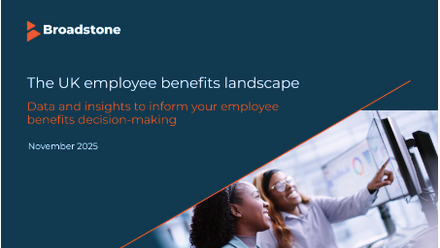Five ways to make sure your group insurance benefits are truly inclusive

No employer sets out to exclude or alienate employees with their benefits programme, but a small oversight can cause upset and risk unravelling the hard work you’ve done on diversity and inclusion.
1. Check your terms & conditions
By their very nature, group insurance benefits are pretty inclusive. Whether life insurance, income protection or critical illness insurance, an employer can offer cover to everyone, without the need for medical underwriting.
However, this inclusivity can be undone if the policy has old-fashioned terms and conditions. Modern couples don’t necessarily come with spouses, and a blended family may include children from different parents. Making sure your benefits reflect these modern lifestyles can avoid employees inadvertently feeling excluded.
2. Consider age
Older workers are the exception to this for group risk, and they may require additional attention. When the default retirement age was removed back in 2011, concerns that the cost of providing an open-ended group risk benefit would mean that employers dropped them altogether, meant the group risk industry was able to negotiate an exemption. This allows employers to terminate group risk benefits at the greater of age 65 or state pension age.
To avoid older workers feeling left out, you may want to consider offering them other benefits to help them look after their health and wellbeing.
3. Set the rules
Research by industry body Group Risk Development in 2019 found that, many organisations provide support for serious employee health and wellbeing issues on a case-by-case basis. However, without rules, a well-meaning employer can find itself in hot water if an employee feels they haven’t received the same treatment as a colleague.
Establishing guidelines, which can be backed up by a group risk policy, can prevent you being sued for discrimination. They also allow you to react quickly and efficiently when an employee does need your support.
4. Be flexible
Where the cost of providing a full benefits package to all employees is prohibitive, a flex scheme may be worth considering. By allowing employees to choose what they want, you can provide everyone with a tailored benefits package while still managing the cost.
Education is key to the success of this strategy though. By helping employees understand what the different benefits are, they’re more likely to pick what’s right for them.
5. Communication
The way you promote your group insurance benefits can also help to underline your organisation’s position on diversity and inclusion.
Take an employee assistance programme as an example. By covering all the different types of support that are available – from stress counselling and debt information, through to bereavement support and practical advice for carers – it ensures that everyone feels supported by your organisation.
This article is provided by Legal & General.
Enjoyed this article?
There are many options when it comes to group insurance benefits. Why not ask you’re your peers about their approach on rebaLINK, our networking and due diligence platform?
Read more about how to review group life assurance benefits.
Contact the Associated Supplier to discuss group protection products.
Supplied by REBA Associate Member, Legal & General
One of the UK's leading group protection providers with over 85 years' experience.







